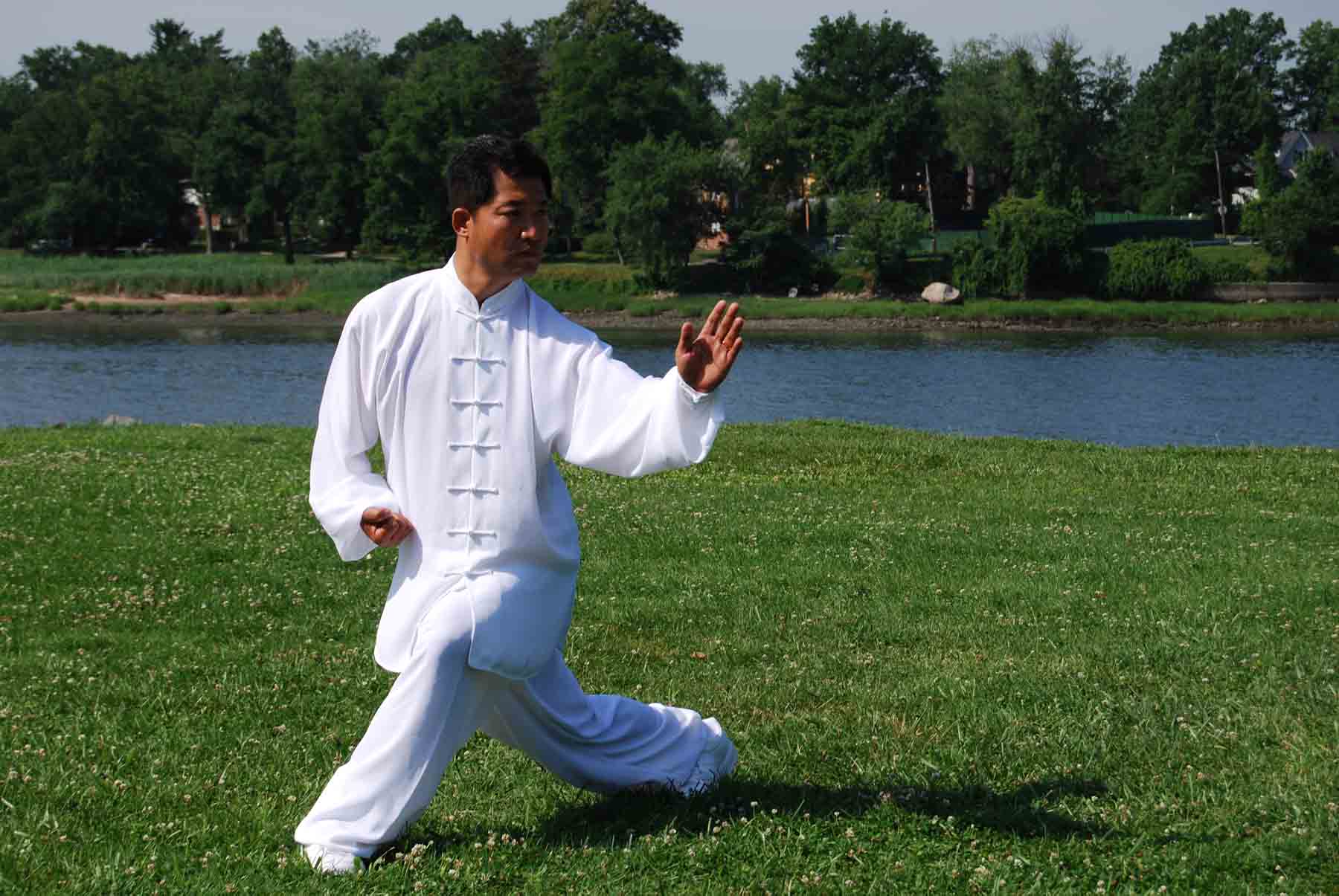Posted on October 1, 2014 by Stone Hearth News
Newswise — New research suggests the adage that encourages people to keep their “eyes on the prize” may be on target when it comes to exercise. When walking, staying focused on a specific target ahead can make the distance to it appear shorter and help people walk there faster, psychology researchers have found. Their study, which compares this technique to walking while looking around the environment naturally, offers a new strategy to improve the quality of exercise.
“People are less interested in exercise if physical activity seems daunting, which can happen when distances to be walked appear quite long,” explains New York University’s Emily Balcetis, an assistant professor in the Department of Psychology and one of the study’s co-authors. “These findings indicate that narrowly focusing visual attention on a specific target, like a building a few blocks ahead, rather than looking around your surroundings, makes that distance appear shorter, helps you walk faster, and also makes exercising seem easier.”
The study, which appears in the journal Motivation and Emotion, focused on “attentional narrowing,” which affects perceptions of space. The researchers, who also included Shana Cole, an NYU doctoral student at the time of the study and now an assistant professor in the School of Arts and Sciences at Rutgers University, and Matthew Riccio, an undergraduate at NYU’s College of Arts and Science, hypothesized that narrowing attention on a finish line would lead it to appear closer, increase walking speed, and reduce feelings of physical exertion.
Related research previously conducted in Balcetis’ lab and published last year found that people who are overweight see distances as farther than those who are average weight, especially when they are not very motivated to exercise.
“People are gaining weight at alarming rates,” Balcetis says. “More than 1.4 billion adults and 40 million kids under the age of five are overweight or obese worldwide. And in America, obesity rates have almost tripled in the last 30 years. Attentional narrowing might help people exercise more effectively because it makes physical activity look easier.” The new research found that attentional narrowing acts as an intervention, changing perceptions of distance, so that all people can see the distances in ways that fit people see it. In the Motivation and Emotion paper, the researchers conducted two experiments. In the first, the study’s subjects—66 adults visiting a New York City park in the summer—stood 12 feet away from an open cooler, which contained cold beverages and ice. The experimenter explained to participants that they would estimate the distance to the cooler.
One set of subjects was randomly assigned to a narrowed attention condition in which they imagined that a spotlight was shining only on the cooler. They learned that to be effective at estimating distance, they should direct and focus their attention on the cooler and avoid looking around the environment. The second set of subjects was assigned to the natural attention condition and was instructed to allow their attention to move naturally and in whatever way they found to be most helpful for estimating distance.
Subjects who focused their attention only on the cooler perceived the cooler as closer than did those in the natural attention group.
In a second experiment, the researchers used this intervention to change perceptions of distance and improve the quality of exercise. Here, 73 participants walked 20 feet in a gymnasium while wearing ankle weights that added 15 percent to their body weight, thus making the task more challenging than unfettered walking.
As in the first experiment, one set of participants received the narrowed attention instructions (they were asked to focus on a traffic cone marking a finish line) and the other set received the natural attention condition (they were told to glance at the cone as well as look at their surroundings). Each group then completed the walking test while being timed by the experimenters.
The results confirmed the researchers’ hypothesis that attentional narrowing changed perceptions of distance, speed of walking, and perceived effort.
Those in the narrowed attention group perceived the cones to be 28 percent closer than did those in the natural condition group. In addition, those in the narrowed attention group walked 23 percent faster than did those in the natural attention group. Finally, those in the narrowed attention group reported that the walk required less physical exertion than did those in the natural condition group—a finding that may serve as an incentive to exercise.
“Physical activity is an important component of a healthy lifestyle,” Cole remarks. “Interventions that train people to keep their ‘eyes on the prize’ may play an important role in health and fitness. When goals appear within reach, and when people move faster and experience exercise as easier, they may be especially motivated to continue exercising.
“Given the alarming obesity epidemic in America, strategies that encourage or improve exercise may be particularly important for aiding the nationwide effort to combat obesity and promote healthier living.”
- See more at:
http://www.stonehearthnewsletters.com/exercise-walking-fine-tuned/walking/#sthash.HK2Avos0.dpuf
 Instead, just start with making a few simple changes to your day. You’ll lose a little weight, feel a little better, and then find it a lot easier to incorporate a few more healthy habits into your routine.
Instead, just start with making a few simple changes to your day. You’ll lose a little weight, feel a little better, and then find it a lot easier to incorporate a few more healthy habits into your routine.











